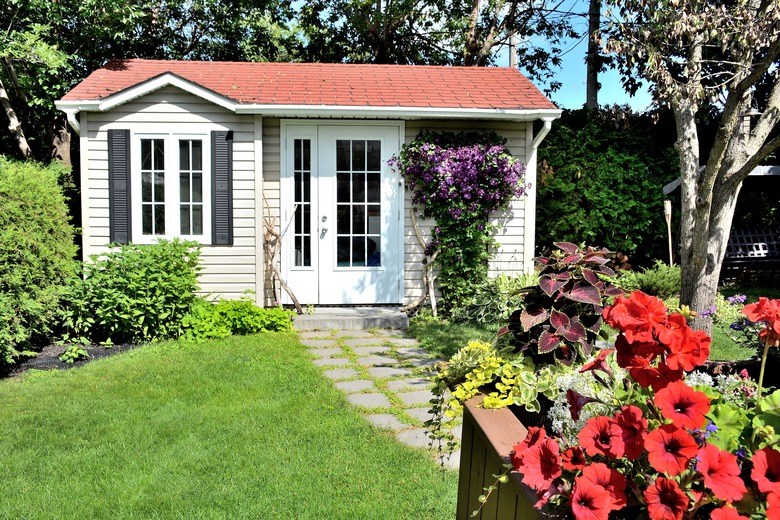The Best Grass Seed For Michigan Lawns
Michigan is found in the Midwestern United States where the weather conditions can be cool. In Michigan in both spring and fall, temperatures hover between 60 and 75 degrees Fahrenheit. These happen to be the temperatures in which cool-season turfgrasses can thrive, including Kentucky bluegrass, perennial ryegrass, tall fescue, and fine fescue. They shoot up in the cool seasons but can go dormant during periods of hot or dry weather in the summer.
Kentucky Bluegrass in Michigan
Kentucky Bluegrass in Michigan
What is the most popular turfgrass species in Michigan? That would be Kentucky bluegrass. There are more than a few varieties, each with its own color, texture, and density. Some tolerate tight mowing, and a number are disease- and insect-resistant.
Kentucky bluegrass is a turfgrass that does best in well-drained soils with moderate sunshine or more. A healthy Kentucky bluegrass lawn forms a high-quality, long-lasting turf. In addition, its aggressive sod-forming nature allows it to recover quickly from damage caused by heavy foot traffic. Kentucky bluegrass does need attention: at least four fertilizer applications each season and lots of water during hot, dry periods. The ideal mowing height is at least 2 inches.
Perennial and Annual Ryegrasses
Perennial and Annual Ryegrasses
Both perennial and annual ryegrasses are used for planting Michigan lawns. These grass seeds are quick to germinate and establish seedlings rapidly. They should not be planted in pure stands, however, except when rapid establishment is the top priority, like on busy athletic fields.
On the other hand, the turf quality of annual ryegrass is poor, and it is used only as a temporary cover until perennial grasses establish. Both ryegrass species are vulnerable to high heat, cold, leaf spot, and brown patch disease. On many sites where Kentucky bluegrass is the top choice, a small percentage of perennial ryegrass is added to the mixture to provide quick soil coverage.
Tall and Fine Fescue
Tall and Fine Fescue
Tall fescue is a tough turfgrass that also does well in Michigan. It has some outstanding qualities, including low maintenance requirements and excellent resistance to insect pests, diseases, and drought. The quality of the turfgrass is medium to good, and it is an excellent choice for those concerned about conserving water for lawn irrigation.
Seed tall fescue in a pure stand rather than mixing it with other turfgrass species. On the other hand, if you are going for fine fescues, like red, hard, and Chewings fescues, do not plant in pure stands. Fine fescue in pure stands will rapidly develop thatch, leading to a reduced quality of grass. Rather, use fine fescue as a companion grass with Kentucky bluegrass since it grows well in shaded lawns.
